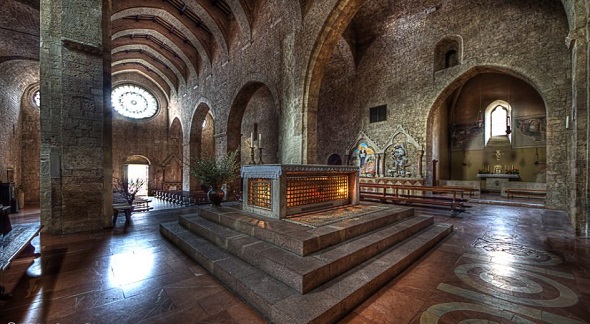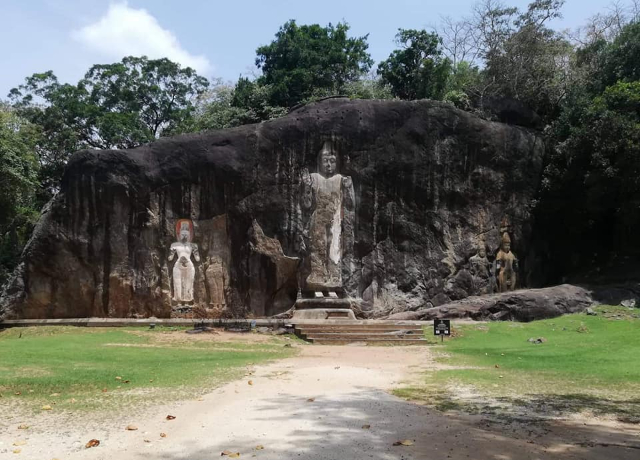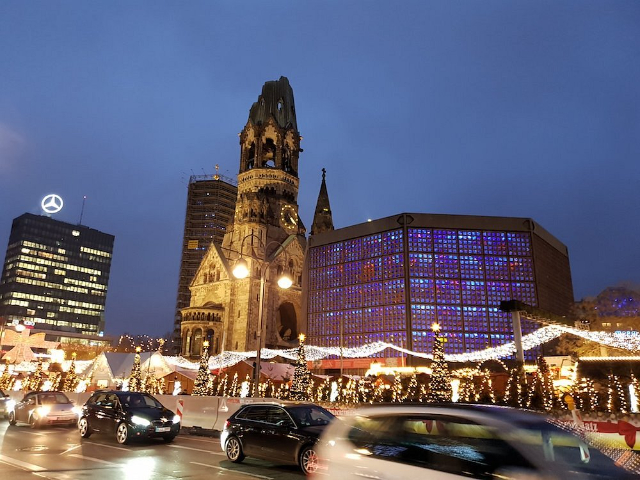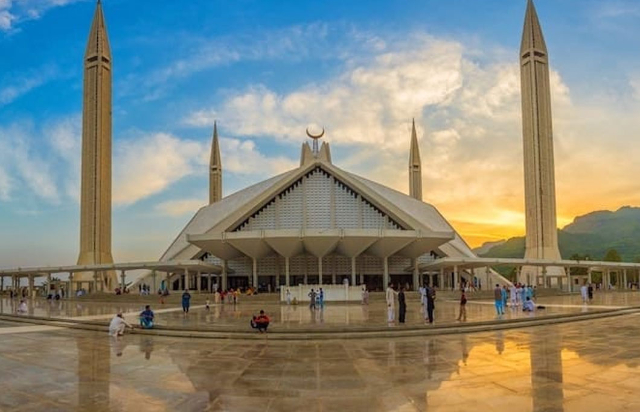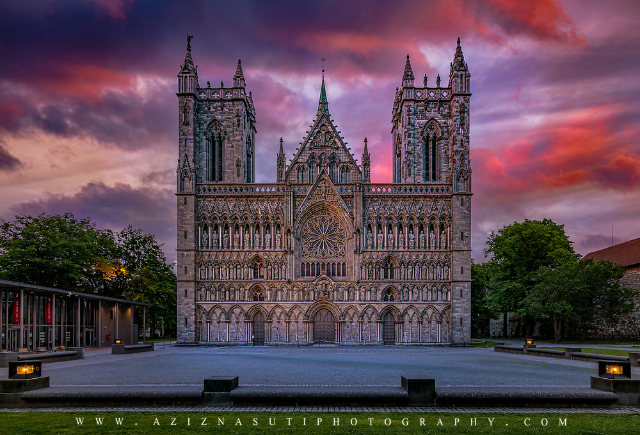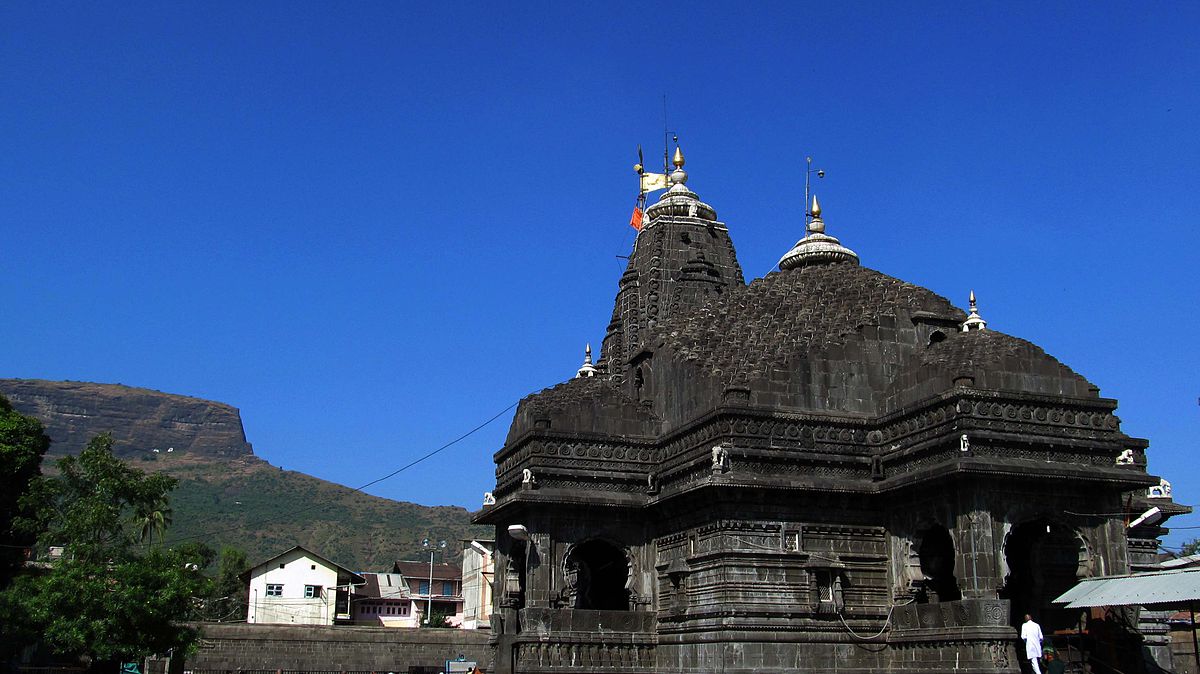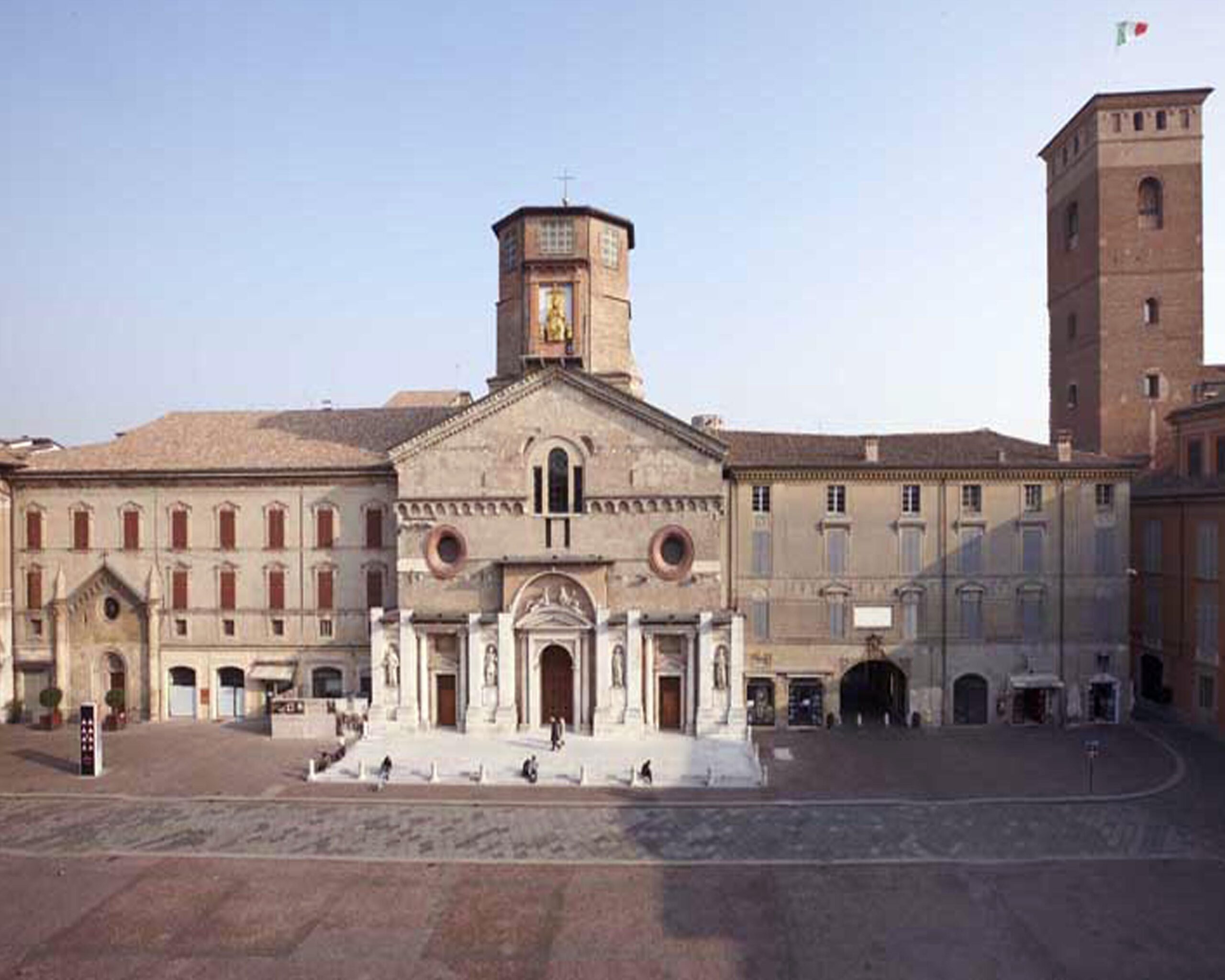The Benedictine Cassinese monks in the tenth century settled on Mount Subasio from where they descended to settle in the present monastic complex.
In 1268 the primitive church was rebuilt, which was recently restored in the fifties.
In the XVI century the monks adhered to the monastic reform of Santa Giustina.
They were not removed even during the 19th century suppressions. Currently part of the community is made up of young North American Monks.
The Church has a late Romanesque rectangular façade. It has three naves, the raised presbytery, on either side of which there are some medieval tombs, and the trussed roof. The dome was built according to a unique and old technique of overlapping layers.
Remains of fourteenth-century frescoes, of the Sienese school, can be found in the Chapel of the Sacrament on the left of the presbytery with a precious triptych by Matteo da Gualdo.
But its main characteristic, although this may seem an irrelevant fact, is that it does not belong to the Franciscan Order, the belonging to the Benedictine order is for this building the sign of greater identity in the panorama of other places of worship in Assisi, because, for an edict of the end of 1200, in Assisi was no longer allowed to build or leave land to religious orders other than the Franciscan one.
(Source Medievalumbria)
